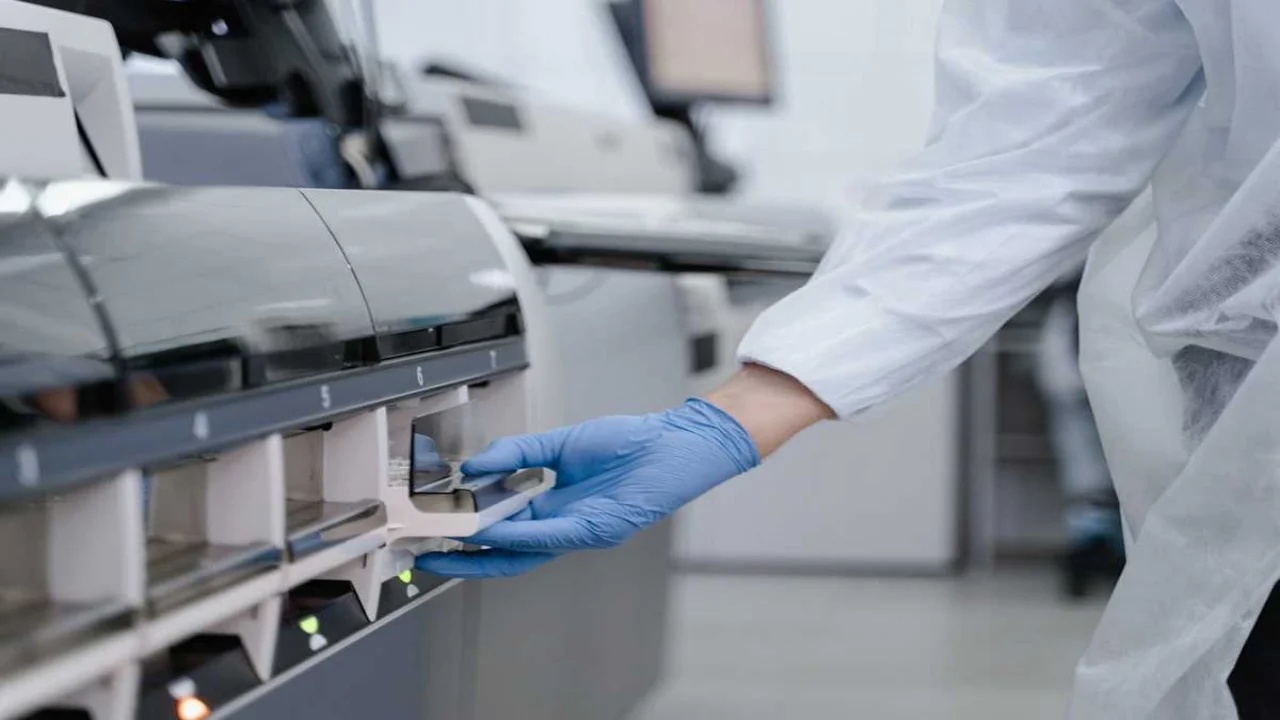Learn How to Calculate Mean for Laboratory QC
Mathematics
Learn How to Calculate Mean for Laboratory QC
The mean is a fundamental statistical parameter used in clinical laboratories to identify shifts and trends in Levey-Jennings (LJ) chart. Learn how to calculate the mean for laboratory QC.
Published:

The mean (x̄) is the average of all observations, obtained by dividing the sum of the observations by the total number of observations. In laboratory quality control (QC), the mean is a fundamental statistical measure used to determine the central tendency of control results. It serves as a reference point for identifying shifts or trends in analytical performance.
Steps for Calculating the Mean (x̄)
1. List All Observations
Write down all the numerical values (e.g., QC test results).
Example: 5, 7, 8, 10, 12
2. Count the Total Number of Observations (n)
Count how many values you have.
Example: There are 5 observations (n = 5).
3. Find the Sum of All Observations (Σx)
Add all the numbers together.
Example: 5 + 7 + 8 + 10 + 12 = 42
4. Apply the Formula for Mean
\[ \text{Mean (x̄)} = \frac{\Sigma x}{n} \]
Where:
- Σx = Sum of all observations
- n = Total number of observations
Substitute the values:
\[ x̄ = \frac{42}{5} = 8.4 \]
5. Interpret the Result
The mean (x̄) is 8.4, which represents the average value of your dataset.
Points to Remember
- The mean (x̄) represents the central tendency of QC data.
- Accurate calculation is essential for detecting shifts and trends in laboratory QC.
- It is the baseline value in Levey-Jennings and other QC charts.
- Always use a sufficient number of observations to establish a reliable mean.
Last reviewed on .
Article history
- Latest version
Reference(s)
- Westgard, J O. “The Calculations.” Westgard QC <https://westgard.com/lessons/basic-qc-practices-l/lesson14.html>.
Cite this page:
- Posted by Dayyal Dungrela
End of the article